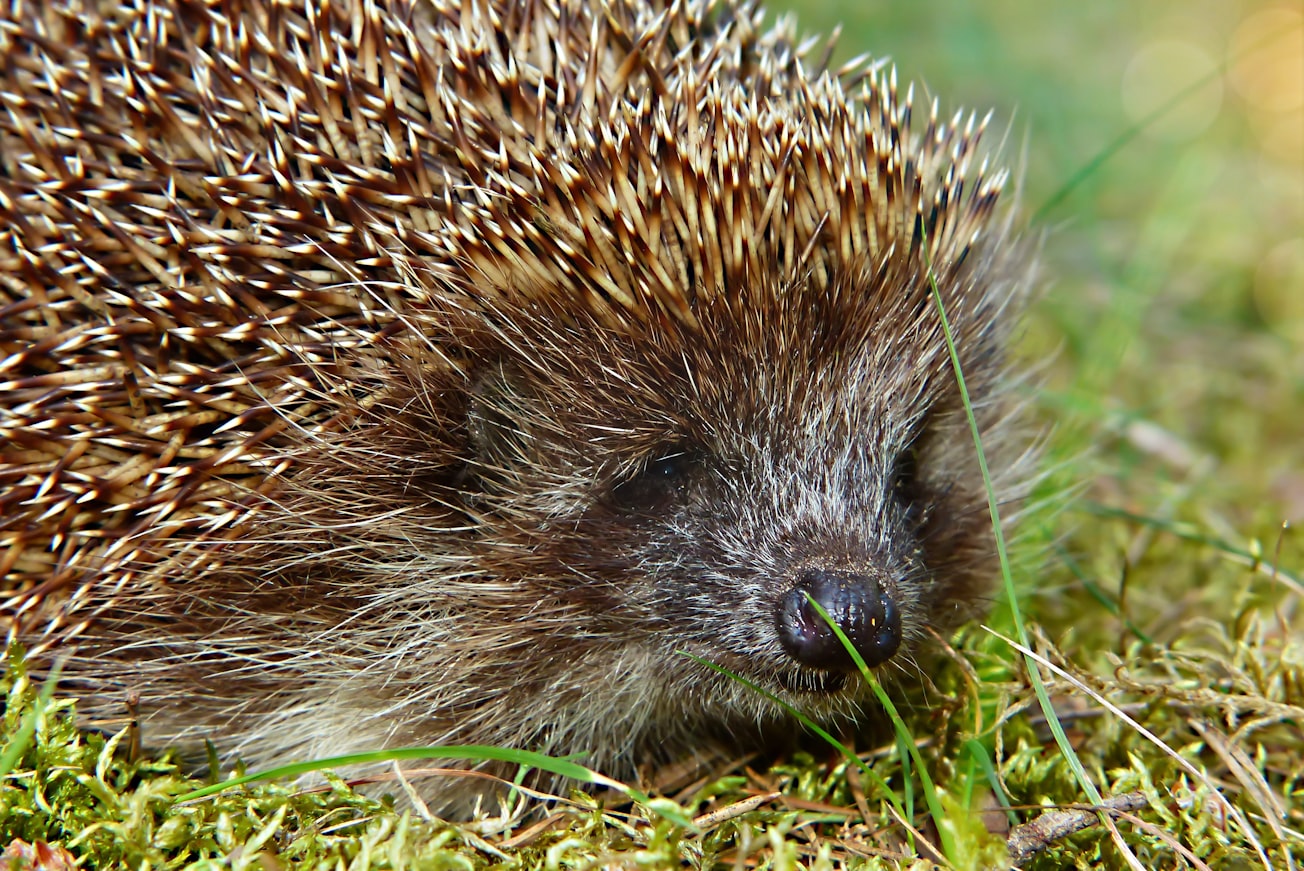What is it about?
To determine the efficiency of cameras as a multi-species monitoring tool, we compared the detection rates of remote cameras and tracking tunnels over 4 non-consecutive days across 40 sites in Wellington. On average, cameras detected significantly more hedgehogs (Erinaceus europaeus) and rats (Rattus spp.) than tracking tunnels, and their images could be used to identify rats to the species level in 50% of detections. Cameras also detected more possums (Trichosurus vulpecula) but missed recording mice (Mus musculus) on some occasions where tracking tunnels detected them, and vice-versa. We conclude that remote cameras are well-suited for simultaneously monitoring multiple species of invasive mammals in New Zealand
Featured Image

Photo by Krzysztof Niewolny on Unsplash
Why is it important?
Numerous conservation projects in New Zealand aim to reduce populations of invasive mammalian predators to facilitate the recovery of native species. However, results of control efforts are often uncertain due to insufficient monitoring. Remote cameras have the potential to monitor multiple species of invasive mammals.
Read the Original
This page is a summary of: Evaluation of remote cameras for monitoring multiple invasive mammals in New Zealand, January 2018, New Zealand Ecological Society,
DOI: 10.20417/nzjecol.42.3.
You can read the full text:
Resources
Contributors
The following have contributed to this page







